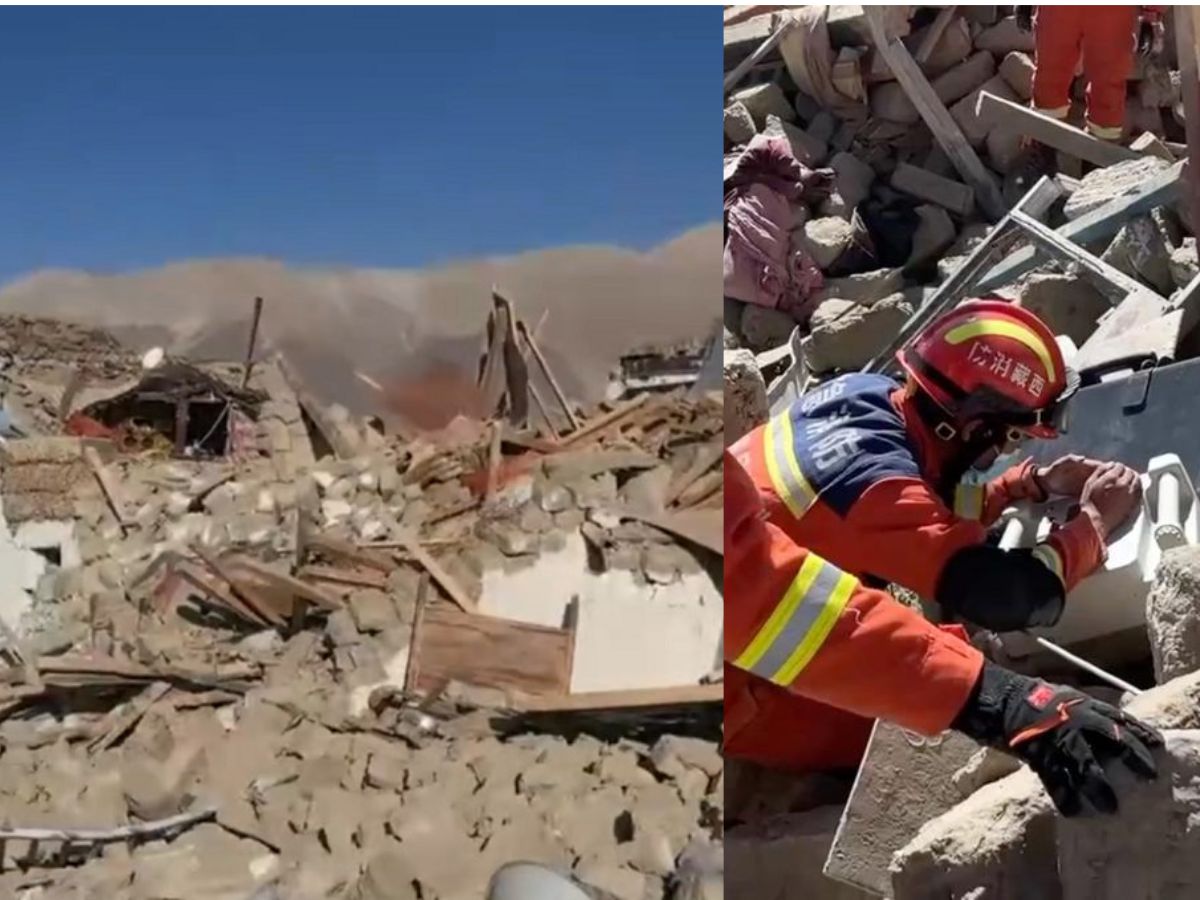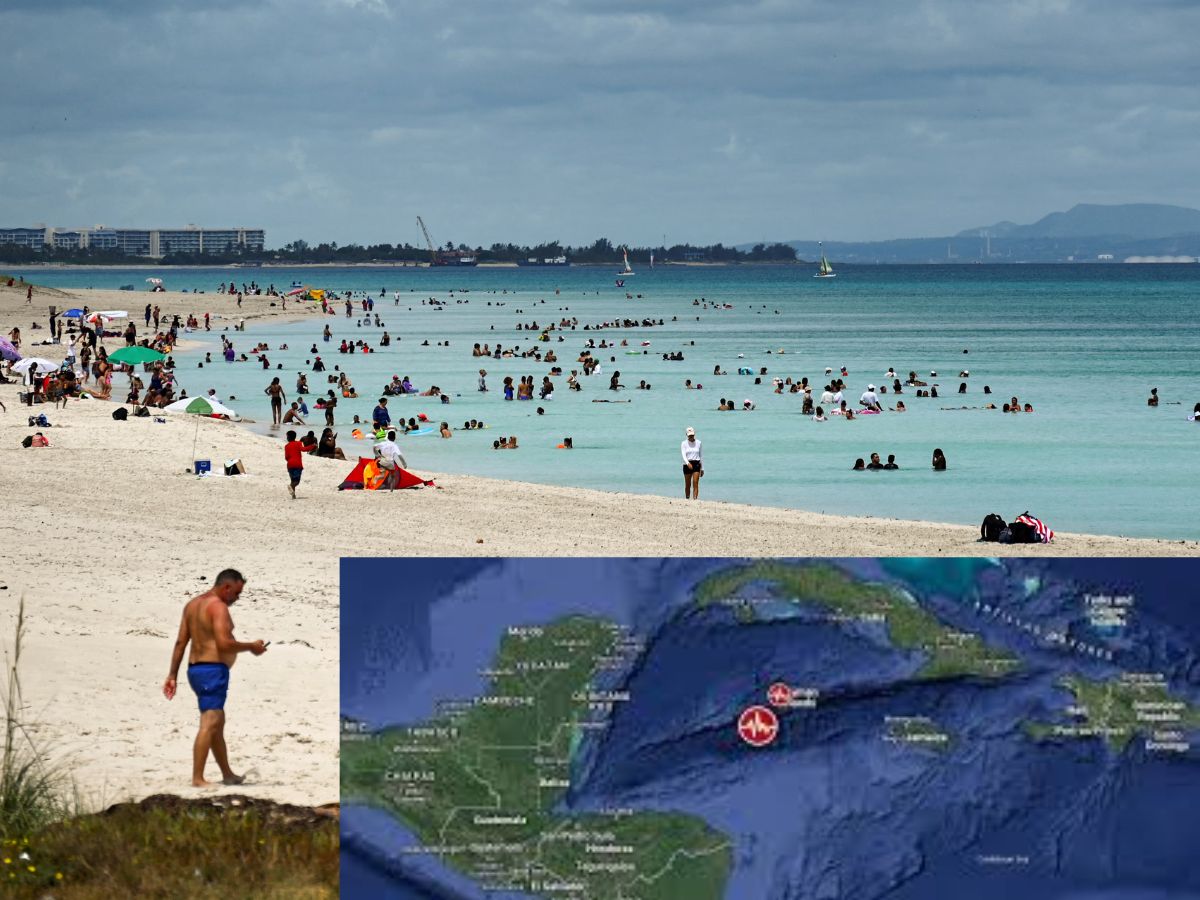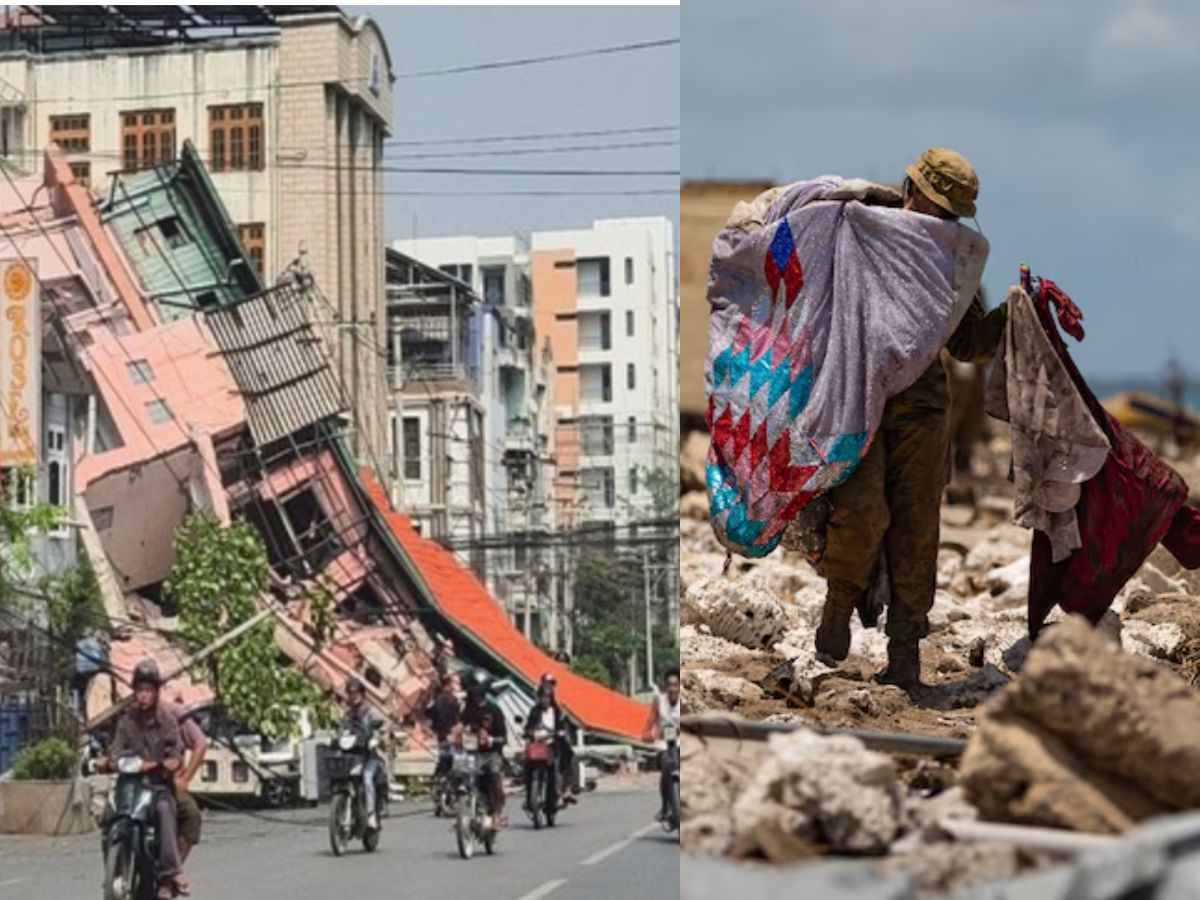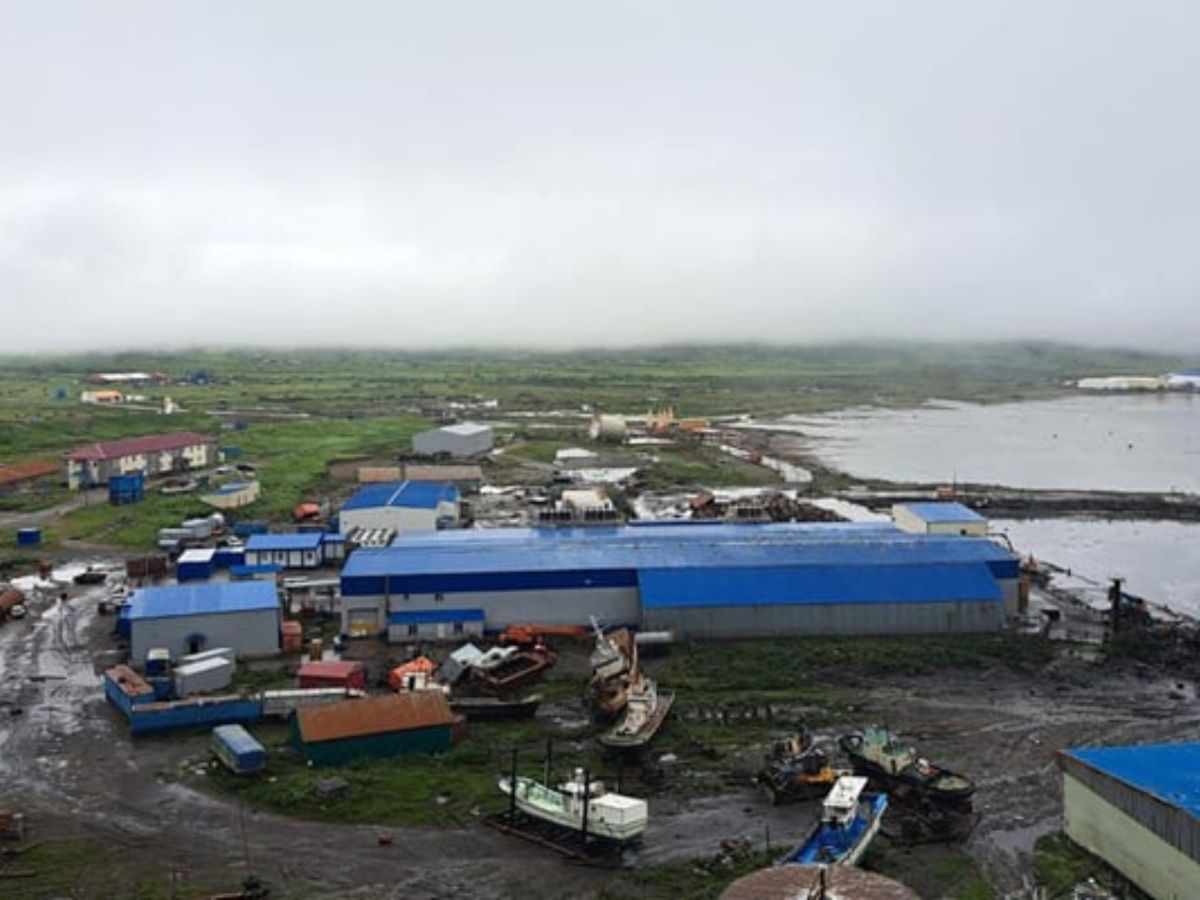A Year Of Tremors: The Year Of The Biggest Seismic Events In 2025
2025 saw the Earth deliver a reminder to humanity that it was never too calm about its seismic unpredictability in the form of a number of strong earthquakes occurring on different continents. This includes the wilderness of the Kamchatka Peninsula, which is icy in Russia, urbanized densities in the cities of Myanmar, and the remote plateaus of Tibet, where tectonic plates shifted dramatically and left in their trails both devastation and revelation of scientific facts as well as demands on greater preparedness to face challenges. This was also the year that the quakes were not only strong but also diverse in location and complexity.

Other Pacific Island (Western Xizang (Tibet)), China - Magnitude 7.1 | January 7, 2025
The origin of the first major earthquake of the year was in Xizang, China on the western part of the Tibet plateau. The earthquake was of magnitude 7.1 and took place at a shallow depth; it caused fatal landslides which swept down several homes with whole settlements being buried in the mud. The earthquake is estimated to have led to 126 to 400 deaths with many being Indian pilgrims who were on spiritual journeys. Still, the non-flexible terrain posed a problem to the rescue operations, so the authorities had to deliver the provisions and rescue support via air. Geologists explained the event as consequences of normal faulting on the Eurasian plate that sheds light on tectonic dynamics being active in the Himalayan collision zone. The tragedy highlighted the fact that the remote mountain communities are quite vulnerable in situations of natural calamities.

Cayman Islands Region- Magnitude 7.6 | February 8, 2025
Less than a month after this, a magnitude 7.6 earthquake occurred in the Cayman Islands region. The quake was powerful but did not result in any deaths or significant damage since it was offshore and the population along its coastline is low. The occasion was due to the movement of the tectonic plates between the North American and Caribbean plates. There were brief tsunami warnings, and evacuations were also put into place which is a demonstration of the regional disaster procedures. Though there was little direct damage involved, the earthquake acted as a stark warning of the underlying seismic threats in the Caribbean, and a call to national governments to assess the resilience of their facilities and sharpen their public educational programs.

Tonga - Magnitude 7.0 | March 30, 2025
A 7.0-magnitude earthquake shook the Island nation of Tonga in the South Pacific. It formed close to Tonga Trench, a place which is among the most active subduction zones of the world. Though no injuries or serious damages were reported, the earthquake was reported to have been strongly felt throughout the group of islands, causing tsunami alert and short term evacuation of the coastal areas. The event indicated the success of the community preparedness program in Tonga that incorporates frequent earthquake drills and tsunami drills. No occasions of loses made the entire incident touted as a success story on mitigating risks in high-hazard areas across the globe.

Sagaing Fault region of Myanmar - Magnitude 7.7 | March 28, 2025
A dreadful Myanmar earthquake struck two days before the Tonga quake, and according to reports, this was a magnitude 7.7 earthquake and it was located along the Sagaing Fault, one of the most active fault lines in Southeast Asia. The mild earthquake resulted in the loss of many lives as well as injuries of a number of individuals (more than 1,600 people were killed). Infrastructure collapsed in both urban and rural areas with roads, bridges and buildings collapsing. The tremors were detected even in Bangkok which is over 1,000 kilometers away. Hospitals became overcrowded, and there were constant aftershocks that hindered rescue operations. This has been the worst seismic incident in Myanmar in decades. The tragedy once again brought about the demands of more stringent building requirements, more robust infrastructure and investment into emergency response capacities.

Kamchatka Peninsula, Russia -Magnitude 8.8 | July 30
The strongest and the most successive earthquake of the year took place on July 30 off Russia Kamchatka peninsula with 8.8 magnitudes being one of the most powerful in the history. It started inside the Kuril-Kamchatka Trench which is a recognized megathrust zone of Pacific Ring of Fire. The earthquake led to massive tsunami warnings in Japan, Hawaii, Alaska as well as along the Pacific coasts of the Americas. In spite of the epicenter being in a remote inaccessible area, the earthquake felt in Tokyo, was almost 2000 kilometers. There was a quick activation of emergency systems and so limited casualties were recorded along with little damage done and only one indirect death recorded. The earthquake caused renewed interest in megathrust processes and led to the point of a coordinated Pacific-wide tsunami preparedness.





